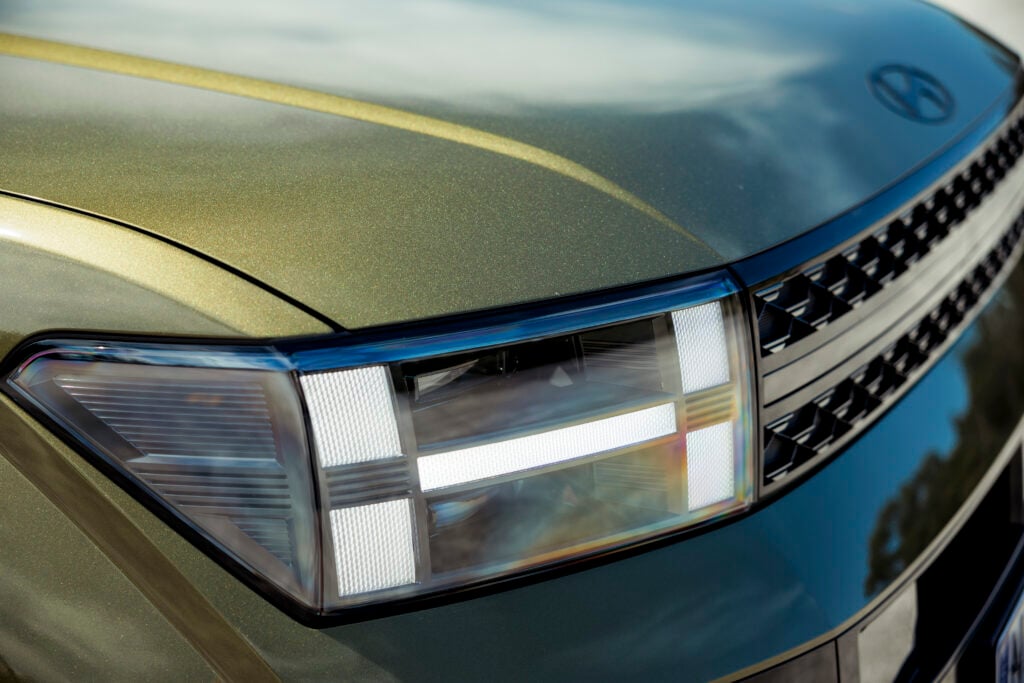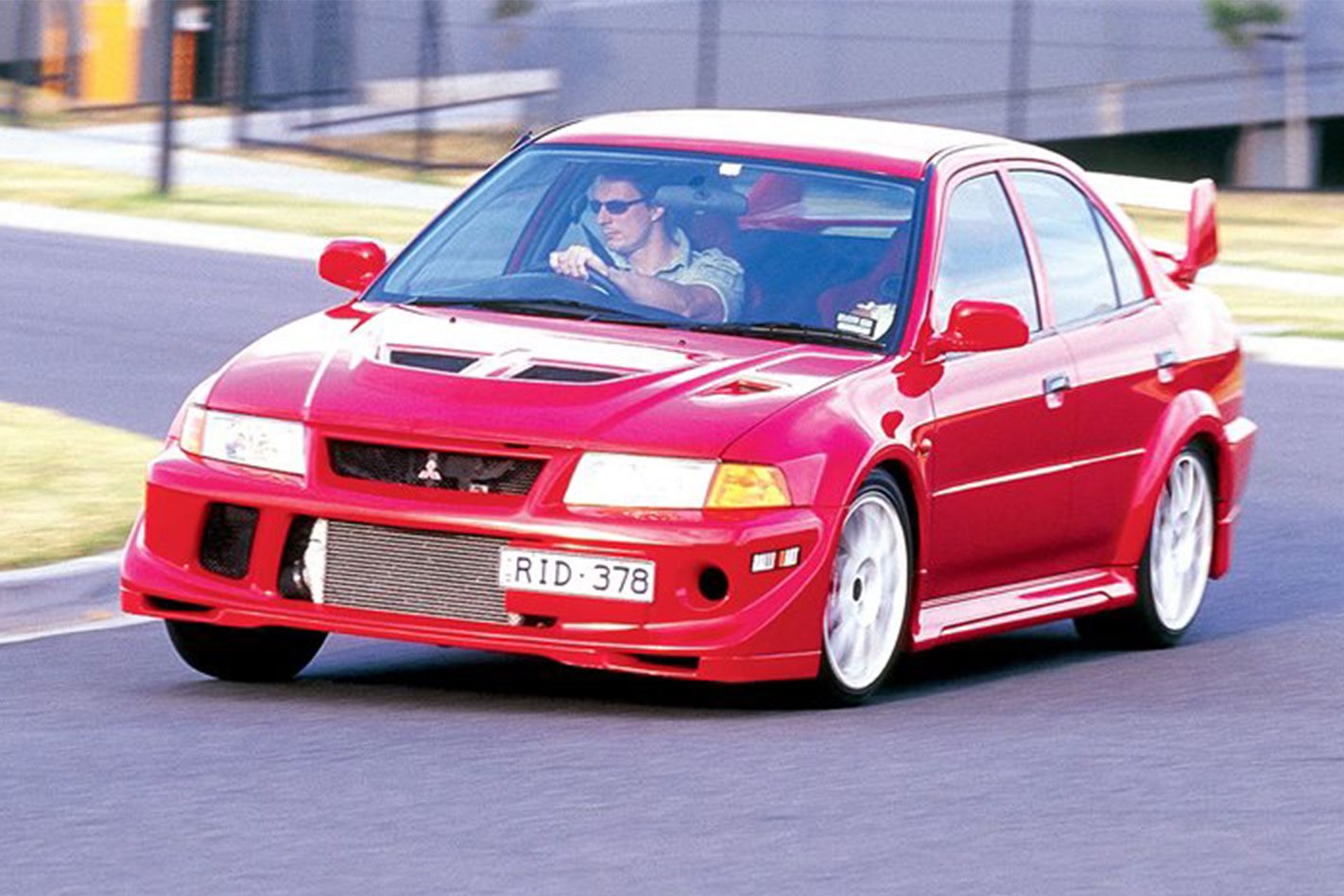
In October 2020, Mitsubishi Australia turns 40 years old, so we’re looking at the best fun cars it’s delivered to us over those four decades.
Let’s crack straight into the best sports cars from Mitsubishi Australia.
Mitsubishi Lancer Evo
It should go without saying, but the Evo inspired a lot of Mitsubishi brand loyalty amongst Gen X and Gen Y, largely thanks to its excellent rally heritage and use of that success via the Evo Tommi Makinen Edition, named for the brand’s legendary rally hero.
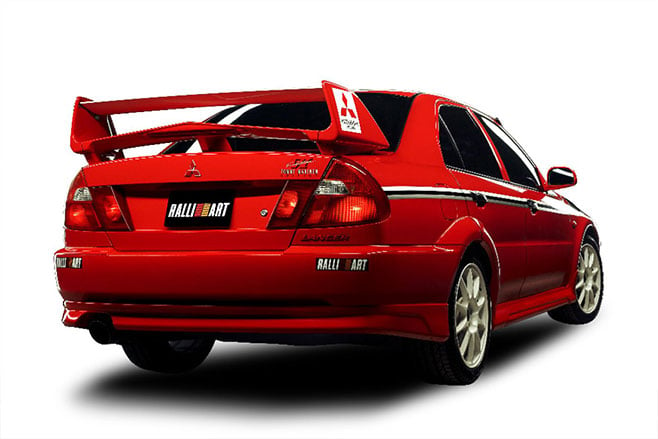
Mitsubishi 3000GT
Having a crack at an expensive quasi-supercar is a bold move for a company like Mitsubishi, especially after Honda’s NSX completely nailed it.
The 3000GT was absolutely packed with tech, with a transverse, front-mid-engined twin-turbo V6, anti-lock brakes, all-wheel drive, adaptive dampers, all-wheel steering, and active aerodynamics.
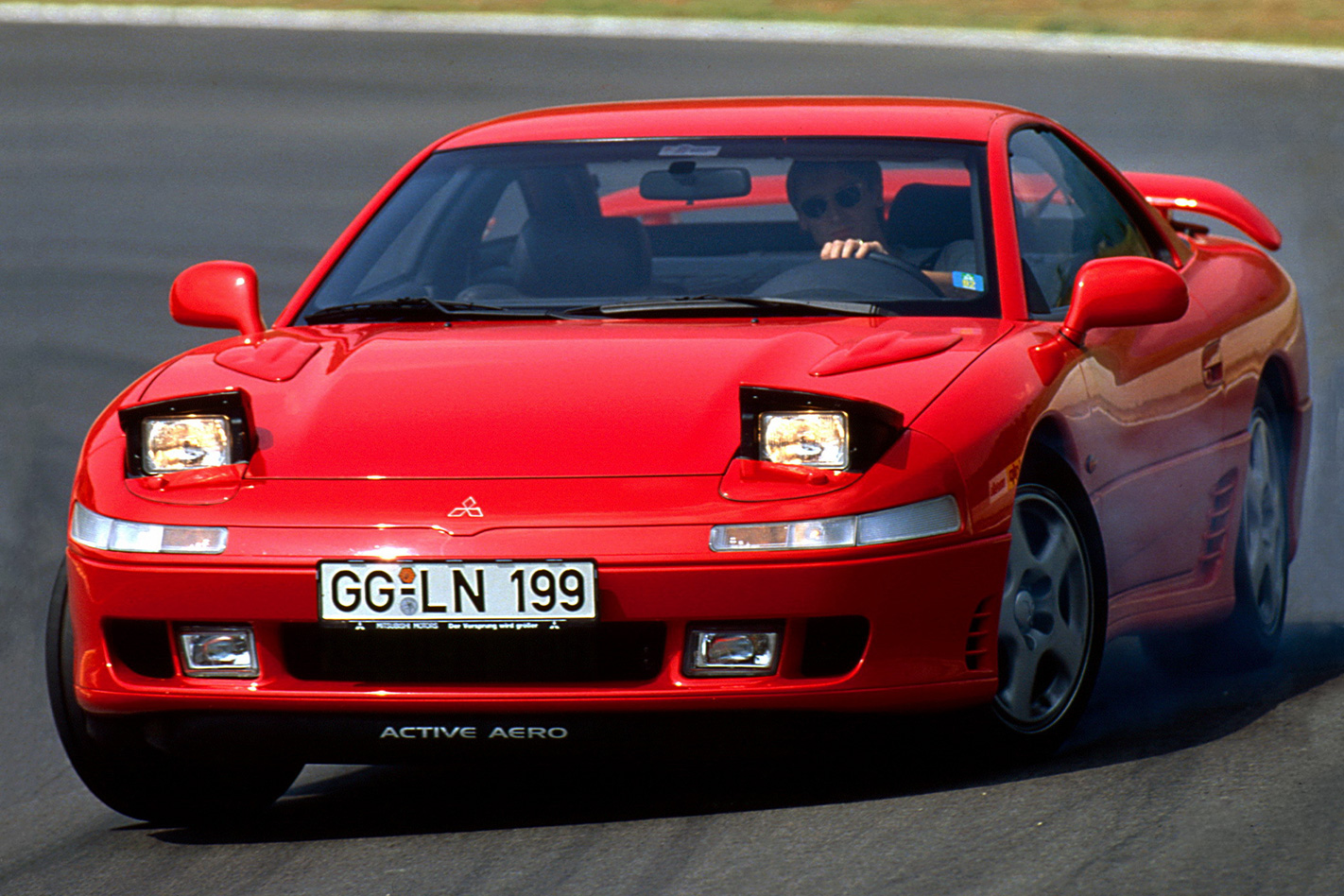
Its 1720kg kerb weight and its price tags (between $89,950-$118,940) meant it wasn’t the commercial success Mitsubishi had hoped for, though.
Mitsubishi Starion Turbo

Before cars were all turbocharged, Mitsubishi was ahead of the pack. The Toyota Supra, Nissan Zed family, and Mazda’s RX-7 were all popular, and all lasted longer in terms of lineage than the Starion, but the 4G63 engine in the Starion would be developed endlessly to eventually find its way into the first entry on this list, the Lancer Evo.
Mitsubishi Cordia Turbo
If a 1980s Mitsubishi hot hatch sounds unfamiliar to you, you’ve forgotten about the poor old Cordia. But you’d not be the only one.
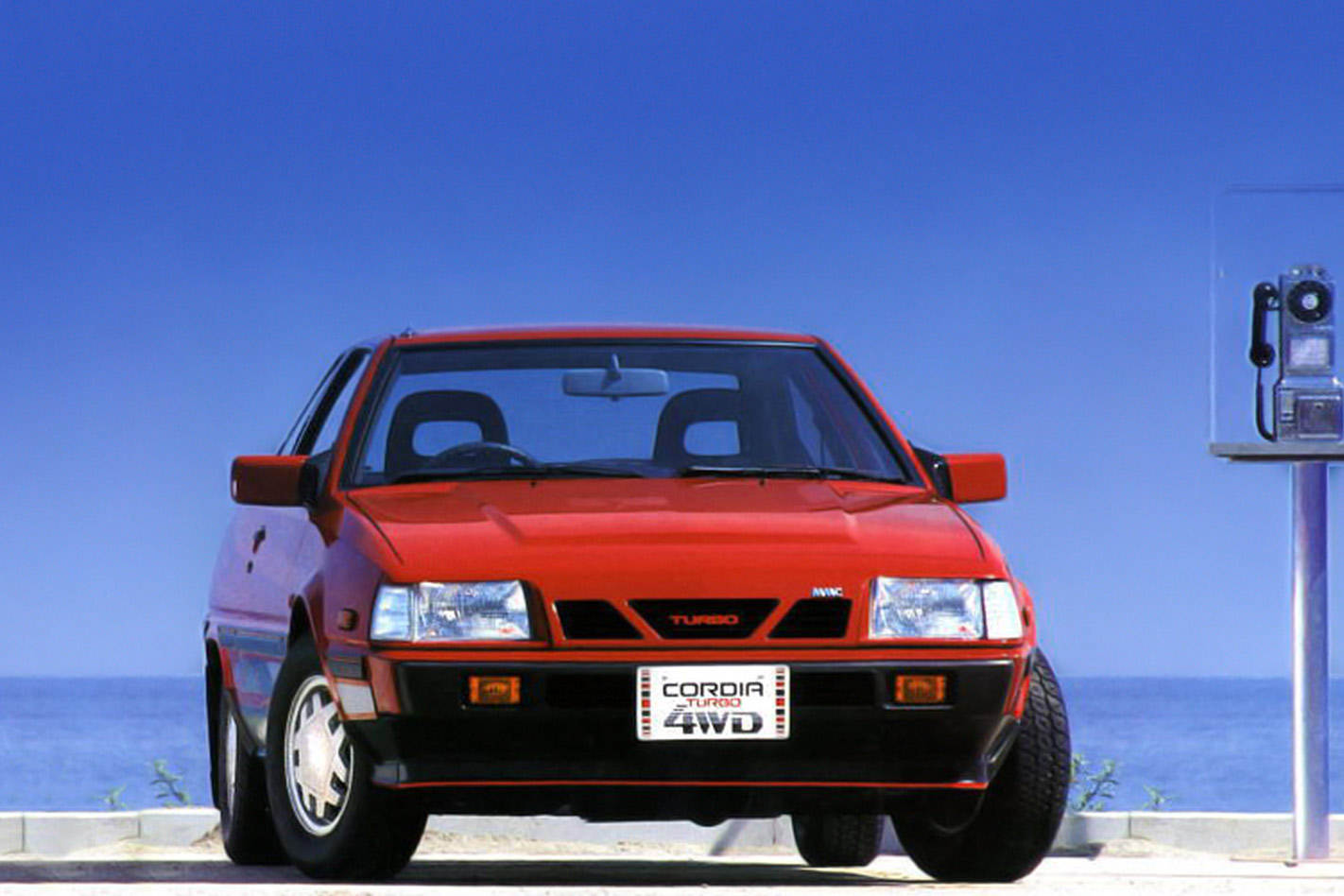
Still, the Cordia used a version of the previously mentioned 4G engine in its turbo variant. Wheels magazine says it ran the quarter-mile in 15.9sec back in 1984; not a bad crack.
Mitsubishi Galant VR-4
The Galant was one of the earliest badges in Australia, and though it would leave Australia before its global time was up, the first generation of top-spec VR-4 just made it to our shores in an official capacity.
All-wheel drive and a turbo engine led some to call it ‘Evo Zero’, due to the natural comparisons drawn between it and the later Lancer Evo.
Mitsubishi Colt Ralliart Turbo
Yes, another hot hatch! This time, Mitsubishi went for a relatively hardcore (given the Colt’s nature as an economy hatch) turbo track attacker, with stiffer suspension and 113kW/210Nm.
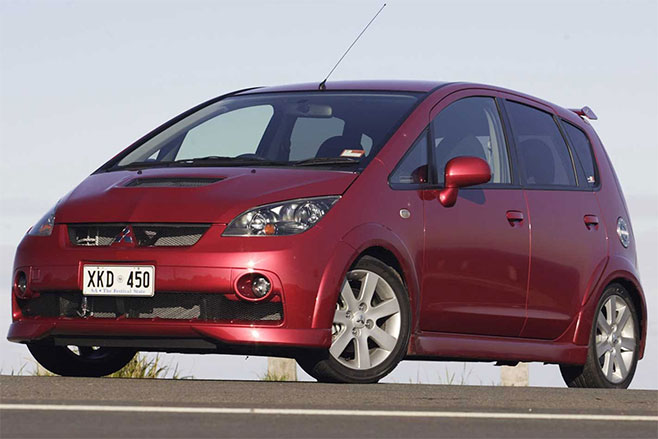
MOTOR’s 2006 review decided that Ralliart Australia boss Alan Heaphy “had managed to turn an innocuous five-door shopping trolley into a fun weekend bend weapon.”
Mitsubishi Magna VR-X and Ralliart
Koni suspension, 17-inch Enkei alloys, and more focused tyres might not have been enough to completely shave the ‘bowls hat on the parcel shelf’ vibes the Magna gave off, but props must be given to Mitsubishi for offering sportier versions of a car with such an image in the first place.
It did look rather more aggro and had a healthy 180kW and 332Nm from its ‘big-block’ 3.5-litre V6. It was still front-wheel driven, though, while Mitsubishi’s Magna VR-X was AWD.
Besides, Australia loved the Magna, and P-platers everywhere are reaping the benefits of so many being sold in its time on sale.
Honourable mentions
These weren’t available through Mitsubishi Australia technically, but we love ‘em, and we wish they’d been more successful on local soil.
Mitsubishi TMR380
Take a standard 2008 Mitsubishi 380 VRX Series III, with its 3.8-litre, 175kW/343Nm V6 engine, add one Sprintex S3/335 supercharger and 6.5psi of boost, a larger air intake, plus TMR’s own six-piston calipers and 370mm brake discs at the front with 340mm discs and four-pots at the rear.
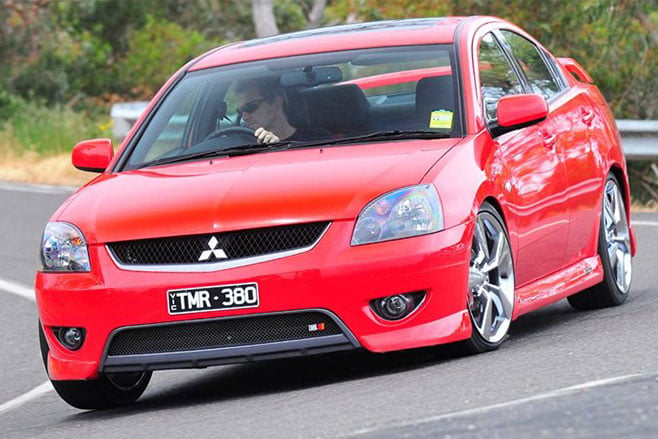
Unfortunately, TMR was a sperate entity (run by Alan Heaphy) at this point and only 20 TMR380s were built.
A string of order cancellations meant the initial sale of the 20 cars would take longer than expected. One was purchased for Mitsubishi Australia by then-boss Rob McEniry, while #001 was kept by TMR.
Mitsubishi Pajero Evolution
Built as a homologation for the Dakar racing Pajero built by Ralliart, perfect for smashing its way through the Aussie outback, though only ever made it here as a few grey imports.
Two doors, 3.5-litre V6, fully independent suspension, and it looks like it’s just a de-liveried Dakar car. Want.




